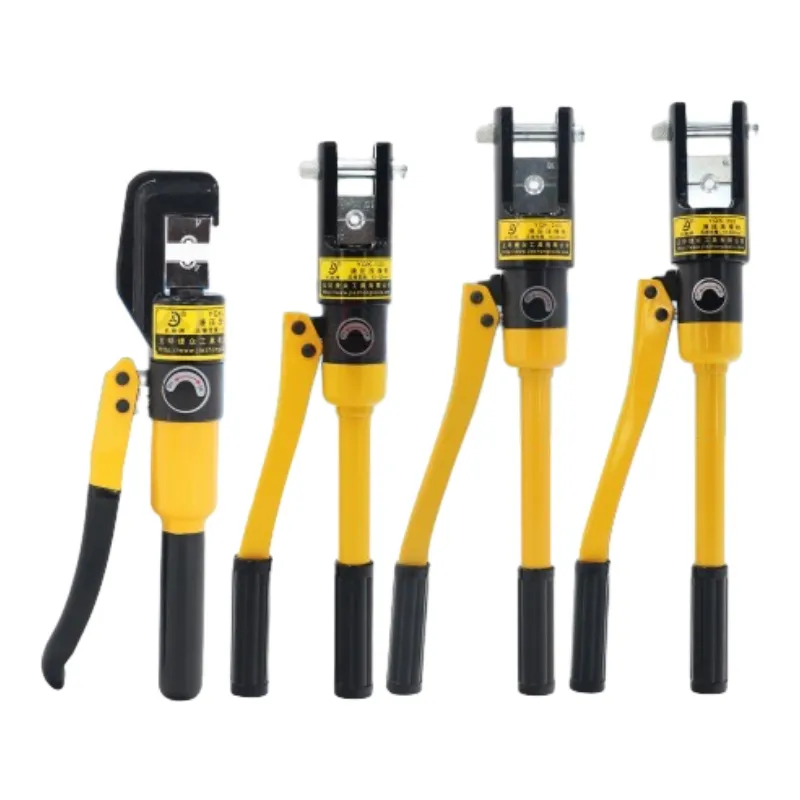
-
 Afrikaans
Afrikaans -
 Albanian
Albanian -
 Amharic
Amharic -
 Arabic
Arabic -
 Armenian
Armenian -
 Azerbaijani
Azerbaijani -
 Basque
Basque -
 Belarusian
Belarusian -
 Bengali
Bengali -
 Bosnian
Bosnian -
 Bulgarian
Bulgarian -
 Catalan
Catalan -
 Cebuano
Cebuano -
 Corsican
Corsican -
 Croatian
Croatian -
 Czech
Czech -
 Danish
Danish -
 Dutch
Dutch -
 English
English -
 Esperanto
Esperanto -
 Estonian
Estonian -
 Finnish
Finnish -
 French
French -
 Frisian
Frisian -
 Galician
Galician -
 Georgian
Georgian -
 German
German -
 Greek
Greek -
 Gujarati
Gujarati -
 Haitian Creole
Haitian Creole -
 hausa
hausa -
 hawaiian
hawaiian -
 Hebrew
Hebrew -
 Hindi
Hindi -
 Miao
Miao -
 Hungarian
Hungarian -
 Icelandic
Icelandic -
 igbo
igbo -
 Indonesian
Indonesian -
 irish
irish -
 Italian
Italian -
 Japanese
Japanese -
 Javanese
Javanese -
 Kannada
Kannada -
 kazakh
kazakh -
 Khmer
Khmer -
 Rwandese
Rwandese -
 Korean
Korean -
 Kurdish
Kurdish -
 Kyrgyz
Kyrgyz -
 Lao
Lao -
 Latin
Latin -
 Latvian
Latvian -
 Lithuanian
Lithuanian -
 Luxembourgish
Luxembourgish -
 Macedonian
Macedonian -
 Malgashi
Malgashi -
 Malay
Malay -
 Malayalam
Malayalam -
 Maltese
Maltese -
 Maori
Maori -
 Marathi
Marathi -
 Mongolian
Mongolian -
 Myanmar
Myanmar -
 Nepali
Nepali -
 Norwegian
Norwegian -
 Norwegian
Norwegian -
 Occitan
Occitan -
 Pashto
Pashto -
 Persian
Persian -
 Polish
Polish -
 Portuguese
Portuguese -
 Punjabi
Punjabi -
 Romanian
Romanian -
 Russian
Russian -
 Samoan
Samoan -
 Scottish Gaelic
Scottish Gaelic -
 Serbian
Serbian -
 Sesotho
Sesotho -
 Shona
Shona -
 Sindhi
Sindhi -
 Sinhala
Sinhala -
 Slovak
Slovak -
 Slovenian
Slovenian -
 Somali
Somali -
 Spanish
Spanish -
 Sundanese
Sundanese -
 Swahili
Swahili -
 Swedish
Swedish -
 Tagalog
Tagalog -
 Tajik
Tajik -
 Tamil
Tamil -
 Tatar
Tatar -
 Telugu
Telugu -
 Thai
Thai -
 Turkish
Turkish -
 Turkmen
Turkmen -
 Ukrainian
Ukrainian -
 Urdu
Urdu -
 Uighur
Uighur -
 Uzbek
Uzbek -
 Vietnamese
Vietnamese -
 Welsh
Welsh -
 Bantu
Bantu -
 Yiddish
Yiddish -
 Yoruba
Yoruba -
 Zulu
Zulu


ಸೆಪ್ಟೆಂ . 19, 2024 22:37 Back to list
hydraulic fitting crimping tool
Understanding Hydraulic Fitting Crimping Tools A Comprehensive Guide
When it comes to hydraulic systems, ensuring a secure and leak-proof connection is paramount. One critical component in achieving this is the hydraulic fitting crimping tool. This specialized tool is essential for professionals working in industries such as manufacturing, automotive repair, and construction. In this article, we’ll explore the significance of crimping tools, how they work, and what to consider when choosing the right tool for your needs.
What is a Hydraulic Fitting Crimping Tool?
A hydraulic fitting crimping tool is designed to join two components—typically a hydraulic hose and a fitting—by deforming the fitting around the hose. This process, known as crimping, ensures a tight seal that prevents fluid leaks under high pressure. These tools come in various sizes and configurations, including manual, electric, and hydraulic-powered models, each suited to different applications and scales of work.
How Does a Crimping Tool Work?
The operation of a hydraulic fitting crimping tool is relatively straightforward. The user places a hose end into the crimping die, which is specifically shaped to match the fitting. By activating the tool—whether through a manual lever, electric motor, or hydraulic pressure—the crimping mechanism compresses the fitting around the hose. This creates a permanent bond that can withstand the pressures typically found in hydraulic systems.
Properly crimped fittings are essential for maintaining system integrity. A poorly crimped fitting can lead to leaks, which not only waste valuable hydraulic fluid but can also jeopardize the safety and functionality of the entire system.
Choosing the Right Crimping Tool
hydraulic fitting crimping tool

Selecting the appropriate crimping tool is crucial for ensuring quality connections. Here are some factors to consider
1. Type of Hose and Fitting Different hoses and fittings require specific crimping tools. Ensure that the selected tool is compatible with the sizes and types of fittings you will be using.
2. Crimping Capacity Different tools have various crimping capacities, determined by the maximum size of hose and fitting they can work with. Always check the manufacturer's specifications.
3. Ease of Use Manual crimping tools may be suitable for smaller, less frequent tasks, while electric or hydraulic tools can save time and effort on larger jobs. Consider the nature of your work when deciding on the tool type.
4. Durability and Build Quality Invest in tools that are built to last. A high-quality crimping tool will withstand regular use and provide consistent performance over time.
5. Portability If you will be working in various locations, consider the weight and portability of the tool. Some electric and hydraulic models can be bulky and less convenient to transport.
Conclusion
Hydraulic fitting crimping tools are essential for anyone working with hydraulic systems. They ensure the reliability and efficiency of fluid transfer by creating strong, leak-proof connections. By selecting the right crimping tool based on hose types, capacity, ease of use, durability, and portability, you can enhance the safety and performance of your hydraulic applications. Understanding these tools not only simplifies the crimping process but also contributes to the overall success of your projects in fluid mechanics. Investing time in learning about and choosing the right equipment will pay dividends in terms of efficiency and reliability.
Latest news
What Are Construction Tools and How Are They Used?
NewsJul.11,2025
Professional-Grade Duct Rodding Tools for Superior Cable Installation
NewsJul.11,2025
Enhancing Safety and Efficiency with Modern Hot Stick Solutions
NewsJul.11,2025
Empowering Cable Installation with Advanced Rodder Solutions
NewsJul.11,2025
Elevate Your Cable Installation Projects with Cable Pulling Tools
NewsJul.11,2025
Efficient Cable Handling Solutions: Cable Rollers for Sale
NewsJul.11,2025











